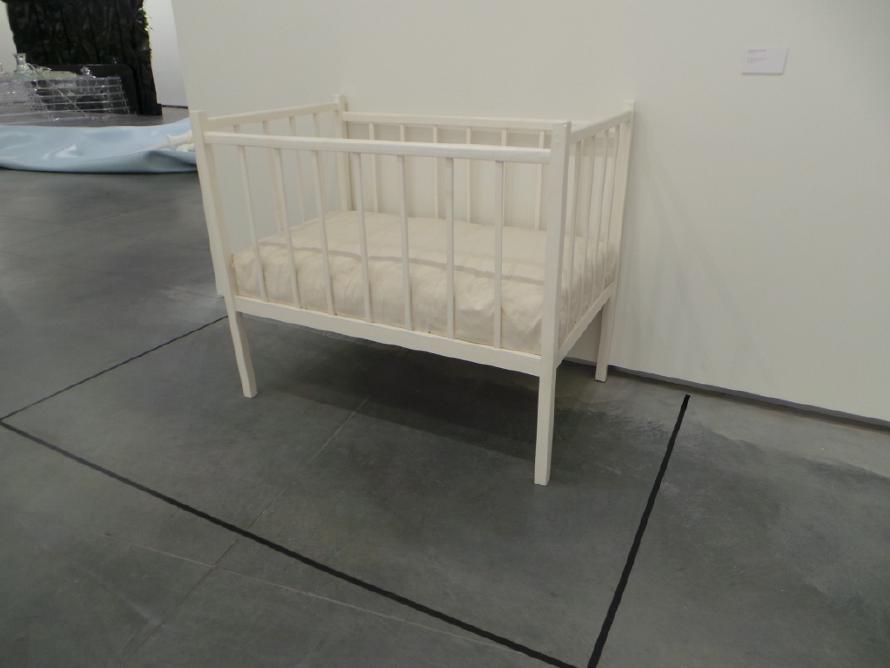At the Museum
Anniken and I spent a couple of hours at the Astrup Fearnley Museum of Modern Art today. The museum is privately owned museum and presents temporary exhibitions of international art. First opened in 1993, the museum has since established itself as an important institution for presentation of contemporary art. Or at least so I’m told. On 29 September 2012, the museum moved from downtown Oslo to brand new buildings at beautiful Tjuvholmen by the Oslo fjord.
The current exhibition is called To Be With Art Is All We Ask:
[…] an exhibition of selected works from the Astrup Fearnley Collection by some of the world’s most innovative contemporary artists. Amassed over the last thirty years, these more or less narrative works reveal the personal, social, and artistic engagement of artists who have broken new ground within the history of art.
As we all know, I don’t know art. When I’m looking at contemporary art I have no idea what I’m looking at. Or what I’m looking for. The current exhibition featured, among other things, a cow and a calf cut in half, a huge collection of paint cans, candy on the floor, a small city made out of pig skin, and penises. Tons and tons of penises, most of them half erect. Why, you ask? I don’t know.
One of the exhibitions featured a massive pile of blue, wrapped candy on the floor. Some people ate the candy, claiming that it was OK because “they refilled it every night anyway”. I’m not so sure, but who am I to say anything. The highlight was when someone who obviously visited a lot of exhibitions - he was wearing all black and dark gray clothing, a turtleneck sweater and round glasses - noticed a piece candy that had found its way a few centimeters from the rest. He proclaimed that it had been put there for a reason by the author, while it had been accidentally moved by one of the visitors.
Art, it’s probably just what you make it. I’m tempted to throw a red candy in the middle of the pile and see what people make of that. Here are a few pictures we took, all of them guaranteed to be penis-free.





Feedback
This post has no feedback yet.
Do you have any thoughts you want to share? A question, maybe? Or is something in this post just plainly wrong? Then please send an e-mail to vegard at vegard dot net with your input. You can also use any of the other points of contact listed on the About page.
